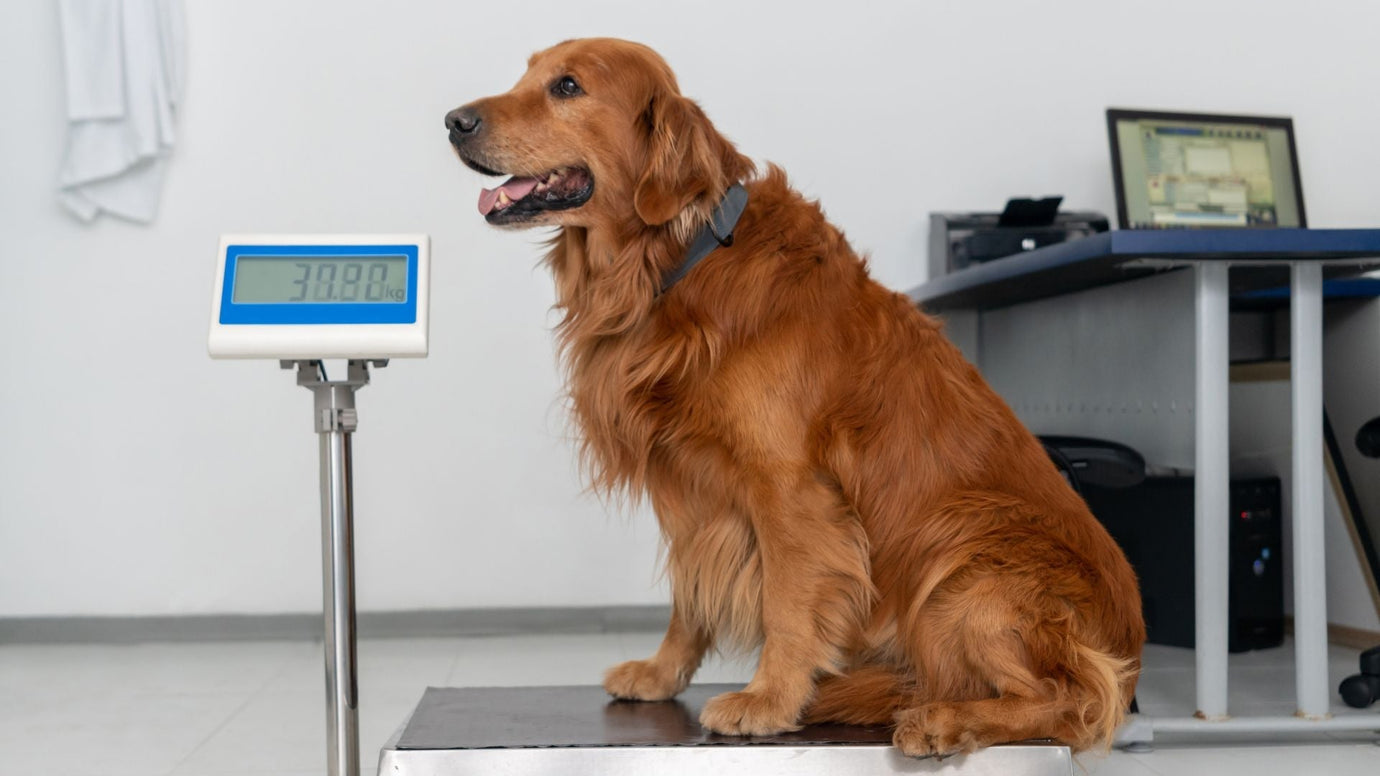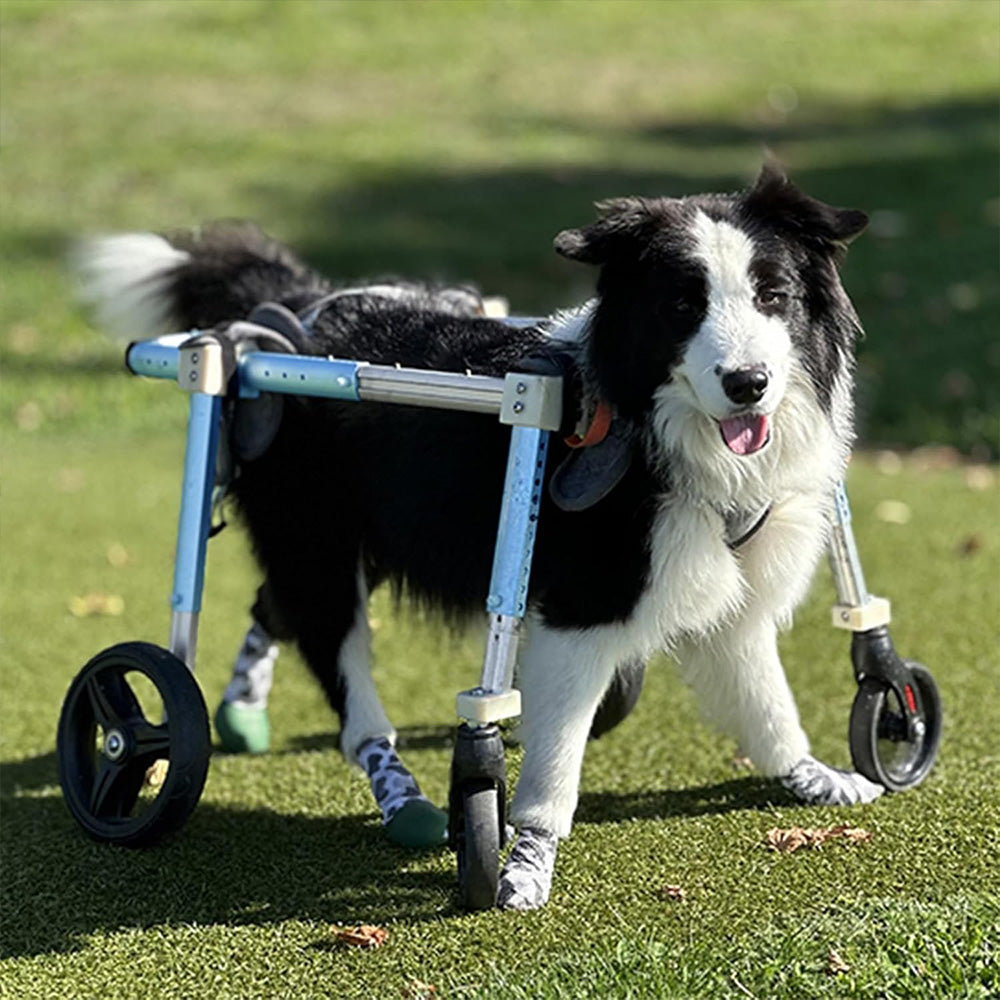The Pain of Making the Euthanasia Decision: A Guide for Pet Parents
Making the decision to euthanize a beloved pet is one of the most profound and painful experiences a pet parent will ever face. It is a decision born from deep love and a desire to end suffering, yet it is often fraught with grief, guilt, and uncertainty. This guide aims to provide compassionate support and practical information to help you navigate the pain of making the euthanasia decision, from assessing your pet's quality of life to understanding the grieving process.
Understanding Euthanasia: A Final Act of Love
Euthanasia is a medical procedure that provides a peaceful and painless end to a pet's life. It is a humane option when a pet is suffering from a terminal illness, chronic pain, or a diminished quality of life with no hope of recovery. The American Veterinary Medical Association (AVMA) defines euthanasia as "the act of inducing a humane death in an animal" [1]. The goal is to ensure a gentle transition, free from pain and distress.
Assessing Quality of Life: When is it Time?
One of the most common and agonizing questions pet parents ask is, "When is it time to put my dog down?" There is no single right answer, and the decision is deeply personal. Veterinarians often use quality of life scales to help pet parents make a more objective assessment. These scales typically evaluate several key factors:
Hurt: Is the pet's pain being effectively managed? Are they showing signs of discomfort, such as whimpering, hiding, or aggression?
Hunger: Is the pet eating enough to maintain a healthy weight? Are they showing interest in food?
Hydration: Is the pet drinking enough water to stay hydrated?
Hygiene: Can the pet maintain personal hygiene? Are they soiling themselves?
Happiness: Does the pet still show interest in their favorite activities, toys, or people? Do they seem content and engaged?
Mobility: Can the pet stand and walk on their own? Are they able to move around without significant difficulty or pain?
More Good Days Than Bad: Are there more good days than bad days? A journal can be helpful in tracking this.
Open and honest communication with your veterinarian is crucial. They can provide a medical perspective on your pet's condition and help you interpret these signs. Many veterinary practices now offer end-of-life care or pet hospice care, which focuses on providing comfort and support in the final stages of a pet's life [2].
The Euthanasia Process: What to Expect
Knowing what to expect can help reduce some of the anxiety surrounding the euthanasia process. You have the option of having the procedure performed at your veterinary clinic or in the comfort of your own home. In-home euthanasia is becoming an increasingly popular choice, as it allows the pet to be in a familiar and peaceful environment, surrounded by their loved ones.
The process typically involves two steps:
- Sedation: A sedative is administered to help your pet relax and fall into a deep sleep. This ensures they are calm and unaware of the final injection.
- Euthanasia Solution: Once your pet is deeply sedated, the veterinarian administers an overdose of an anesthetic, which quickly and painlessly stops the heart and brain function.
Many pet parents ask, "Is dog euthanasia painful?" The procedure itself is not painful. The initial sedative may cause a slight sting, but the final injection is painless. The entire process is usually very quick, and your veterinarian will be there to guide you through each step with compassion and professionalism.
Coping with Grief: Navigating Pet Loss
The grief that follows the loss of a pet is real and can be overwhelming. It is important to allow yourself to mourn and to seek support. There are many resources available to help you cope with pet grief:
- Pet Loss Support Hotlines and Groups: Many organizations, such as the Association for Pet Loss and Bereavement (APLB), offer free support groups and chat rooms [3].
- Grief Counseling: A professional therapist can provide you with tools and strategies for navigating your grief.
- Memorializing Your Pet: Creating a memorial, such as a photo album, a shadow box with their collar and favorite toy, or planting a tree in their honor, can be a meaningful way to remember your beloved companion.
Financial Considerations
The cost of euthanasia can vary depending on your location, the size of your pet, and whether you choose an in-clinic or in-home procedure. Additional services, such as cremation, will also affect the total cost. It is advisable to discuss these costs with your veterinarian beforehand to avoid any additional stress during this emotional time.
Conclusion
Making the decision to euthanize a pet is a courageous and compassionate act. It is a final gift of love to a cherished companion who is suffering. While the pain of loss is immense, remember that you are not alone. Lean on your support system, and allow yourself the time and space to grieve. The bond you shared with your pet is a special one that will forever be a part of you.
Frequently Asked Questions (FAQs)
Q1: How do I know for sure if it's the right time to euthanize my pet?
A1: There is no definitive answer, but a combination of veterinary advice, quality of life assessments, and your own intuition can guide you. If your pet is in chronic pain that cannot be managed, is no longer eating or drinking, and has more bad days than good, it may be time to consider euthanasia.
Q2: Will my other pets grieve the loss of their companion?
A2: Yes, it is common for other pets in the household to show signs of grief, such as changes in appetite, sleep patterns, or behavior. It can be helpful to allow them to see and sniff the body of the deceased pet, as this can help them understand what has happened.
Q3: What are my options for my pet's remains after euthanasia?
A3: The most common options are burial (if permitted in your area) and cremation. Cremation can be private, where your pet's ashes are returned to you, or communal, where the ashes are scattered.
Q4: How can I support my children through the loss of a pet?
A4: Be honest with your children about what has happened, using age-appropriate language. Encourage them to express their feelings and to participate in memorializing the pet. There are also many children's books about pet loss that can be helpful.
Q5: Is it normal to feel guilty after euthanizing a pet?
A5: Yes, guilt is a very common emotion in this situation. It is important to remember that you made the decision out of love and compassion to end your pet's suffering. Talking to a grief counselor or joining a support group can help you work through these feelings.
References
[1] American Veterinary Medical Association. (n.d.). Euthanasia.
[2] American Society for the Prevention of Cruelty to Animals. (n.d.). End of Life Care.
[3] The Association for Pet Loss and Bereavement. (n.d.).








